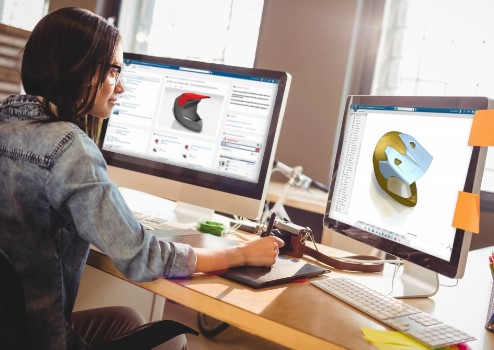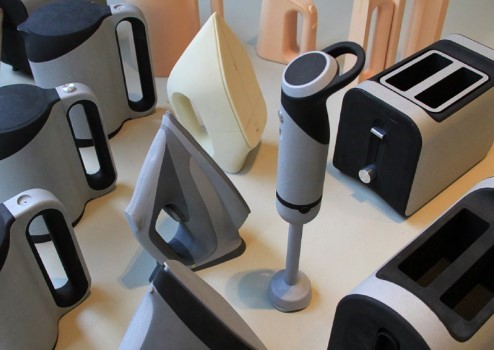What do You need To Know With Prototype Model Making?
A prototype is developed using the requirements before starting the coding or design process. By using a prototype, you can get an “actual look and feel” of the product. Prototyping is a very effective method for large systems or products for which there is no manual process to determine the requirements.

What is the Prototype model making?
The prototype model making is one of the widely used Software Development Life Cycle Models (SDLC models).you can use this model if your customer does not know the project requirements beforehand. In such cases, you can develop, test, and refine your prototype model as per customer feedback till a final acceptable prototype is made to lay the foundation for developing the final product.
What are the different types of Prototyping?
There are mainly four types of Prototype model available:
1)Rapid Throwaway Prototyping
This Prototyping method helps you explore ideas and get customer feedback, and the developed prototype needs not be a part of the prototype accepted by the customer.
2)Incremental Prototyping
The incremental Prototyping method is when the expected product is broken down into small bits of prototypes, and then you have to develop them individually.
3)The evolutionary Prototyping
In his method, the prototype developed initially is first refined based on customer feedback until the customer accepts it.
4)Extreme Prototyping
The powerful prototyping method makes the project delivery robust and fast. In this method, the entire development team is centralized on product deliveries instead of finding specifications and adding unnecessitated features.

Here are some essential things to think about while prototyping:
Industrial design prototyping
STP files are used to build setup and part development. At the same time, it can convert most native CAD. When using the STP format outside of the native program, problems may occur, resulting in build failures or missing features—sending in your CAD. The STP format reduces the possibility of errors.
Multiple Shells or Unshared Edges
Multiple shells and unshared edges typically indicate an uneven topography, implying that surfaces can overlap or get disconnected from one another. If several shells and unshared edges get left in the file, the component may not build correctly, resulting in missing features or building in separate parts.
Verifying the Unit of Measurement
Make a note of the unit of measurement that your file was get constructed. Harvest is an inch-based program that can convert files from metric units. Noting the initial division of measure, on the other hand, would save time and minimize possible errors.
Designing for the Process
Every industrial design prototyping process has its quirks and design constraints (tolerance, feature definition, material properties, etc.). These distinct process/material properties should get considered when developing the model component to incorporate offsets, variances, and adjustments into the CAD model (s).
Choosing Price over Process
Although pricing is always a factor when prototyping, the primary focus should always be on optimizing functionality and achieving the desired goals. Choosing the cheapest option between processes can result in a prototype that does not work correctly or meets your requirements.
Detailed Instructions
Explaining your basic prototype requirements for fit, shape, finish, and functionality will help a harvest project manager determine the best choice for manufacturing your rapid prototyping model. Whether it’s water resistance, surface smoothness, or painted display model aesthetics, the more specific you can be, the more we’ll be able to refine our processes/post-processes.
Small Features/Thin walls
There is a minimum feature size for each process and content. It can range from.010′′ to.030′′. Understanding this constraint will help you select the best choices or modify the CAD model(s) to achieve the desired result.
Tolerance Variance
Since industrial design prototyping processes are essentially free-form production systems, they have lower tolerance control than conventional manufacturing methods such as CNC machining and injection molding. These processes are still accurate to thousands of an inch, but some designs (such as interference fits and line-to-line designs) must account for minor dimensional variance.
Application Consideration
When selecting a method or material for your prototype, keep the application at the forefront of your mind. It is essential that you thoroughly clarify how the prototype will get used so that a manufacturing project manager can provide reliable assistance. Although your concept may be well suited to a specific production material or process, the implementation of your rapid prototyping model may not be well appropriate to specific 3D printing processes and materials.
Conclusion
We hope the above-mentioned tips in this article will help you in making a prototype model for your products. If you need your prototype in a few days or a few weeks, you must take particular care not to rush the design/CAD modeling process and make needless errors. Taking the time to review your final design for possible issues and go over these tips stop you from making an expensive mistake.

